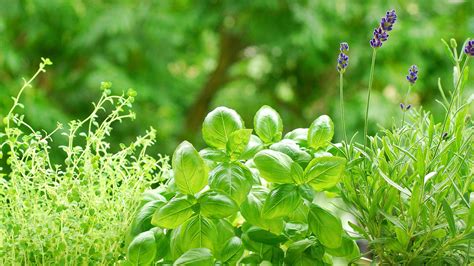The Blood Brain Barrier and Ayurveda
According to Wikipaedia: “The blood–brain barrier (BBB) is a highly selective semipermeable border that separates the circulating blood from the brain and extracellular fluid in the central nervous system. The blood–brain barrier (known as BBB) is formed by the endothelial cells of the capillary wall.” So, what does this actually mean?
This BBB system allows the passage of some molecules through, but not all. Molecules come from everything that we come into contact with on our skin and also everything we ingest, including food and medicines. Some things can get through the BBB and some can’t. The Endothelial cells are cells that line the interior surface of our blood vessels, including our tiny capillaries in the blood brain barrier membrane. The favourites get through the BBB by diffusion, where the barrier will let the molecules in. Those that can cross need to have a particular kind of structure in order to be able to pass through. So, what does this actually mean and how can we begin to understand why this is important in Ayurveda?
The blood brain barrier is semipermeable, this means that stuff can get through it, but not always. It is highly selective in this process. The BBB is really important. It separates the brain from the blood and extracellular fluid. The BBB therefore protects the brain from “foreign substances” in the blood that may injure the brain. It protects the brain from hormones and neurotransmitters in the rest of the body. It seeks to maintain a constant environment for the brain, to keep the brain happy and in a state of equilibrium. If this is maintained in the brain it is also maintained in the central nervous system. Why is it so important to maintain this equilibrium in the brain and nervous system?
Of all the body systems, the nervous system is the major control system of homeostasis in the body, of keeping everything running smoothly and in a regulated manner. It provides monitoring, response, and regulation of all systems in the human body and other organisms. The ability to perceive the environment and react to it appropriately is critical to maintaining homeostasis in the body and to keeping us alive and well. So why is the BBB so relevant in Ayurveda?
The BBB prevents the brains uptake of most pharmaceuticals, most man made and produced western medicines. Therefore they cannot take effect on the body in a holistic way because they cannot affect the homeostasis. The simply treat the symptom, not the cause. Because our central nervous system operates the who body system ideally we should be able to manage all of this as a whole when looking at someone therapeutically and aiming to help them with some kind of imbalance in the body and/ or mind. Because we know the body and mind are connected, and we know that our reactions in the mind affect the body and the nervous system and vice versa. We are totally holistically designed beings.
In Ayurveda we look at the whole person and treat the cause, not just the symptom. Right from the Vedic period, in India, the traditional knowledge on medicinal plants has been passed on through generations. Because of the inability of pharmaceutical medicines to cross the BBB herbal and Ayurvedic treatments are often preferred in India for a range of human brain disorders including, Alzheimer’s disease, Parkinson’s disease, depression, epilepsy, schizophrenia, anxiety and so on.
As an example, Ashwagandha, or Indian Ginseng, is a common herb used in Ayurvedic medicine as an anti-stress agent. According to Ayurvedic medicine, Ashwagandha provides a number of effects such as an improved overall state of physical and mental health and increase in happiness. It is often consumed by the middle-aged and elderly to increase life expectancy. Recent studies have indicated that Ashwagandha root improves the body’s defence against chronic diseases not only by improving overall immunity, but also through producing potent antioxidant and anti-inflammatory effects. Because of its herbal molecular make up, Ashwagandha can cross the blood-brain barrier and lower inflammation in the brain. This is where Ayurvedic herbs differ to pharmaceutical approaches.
Ghee (clarified butter) is also commonly used as an agent in Ayurvedic medicines and the lipophilic action of the ghee facilitates transportation to the target site. This means that it will dissolve easily in contact with similar fats and therefore be transported easily around the body, whilst also permeating the BBB and working on the central nervous system. In general the BBB is highly permeable to water, carbon dioxide, oxygen, and most lipid soluble substances, to continue to example of cow ghee, this facilitates transportation to a target organ and final delivery inside the cell since the cell membrane also contains lipid. Ghee increases the potency of certain herbs by carrying the active ingredients to the the cells, which then helps to increase our Ojas (Immunity). It is also used as a carrier of nutrients to be absorbed across the cell membrane, again helping nutrients and herbal medicines to cross the BBB and work directly on the central nervous system, affecting us holistically. There will be another blog all about Ghee!
The basic principle of Ayurveda is to prevent and treat imbalance in the system, rather than respond to disease. We achieve this by maintaining a balance between our body, mind, and environment. Ayurvedic herbs are a key component of Ayurveda. Practitioners will generally use Ayurvedic herbs to cleanse the body, boost the bodies immunity, and keep the mind, body, and spirit in balance. Ayurvedic herbs are rarely used on their own. Instead, they are used as part of a holistic approach to health which includes nutrition, yoga, massage and meditation.
